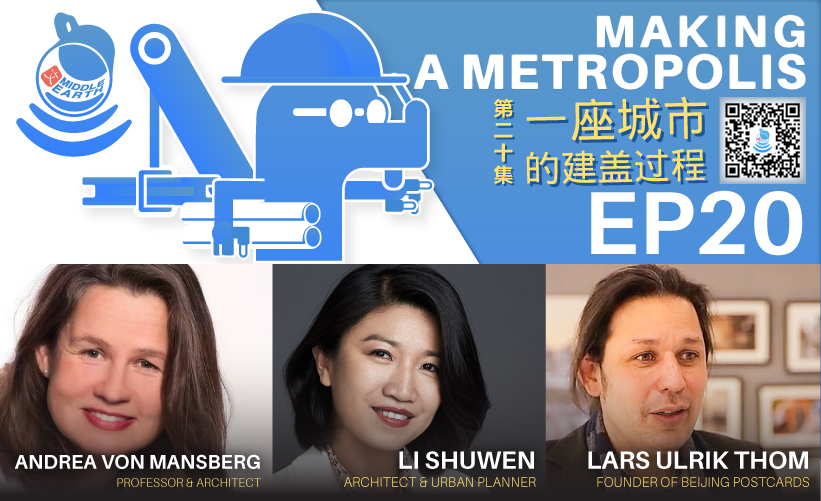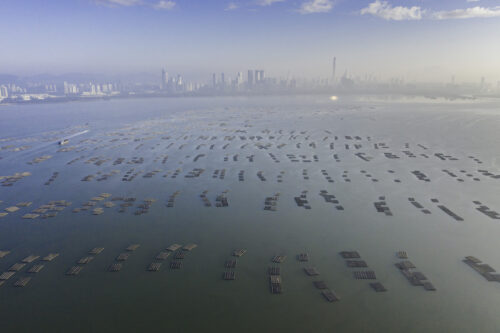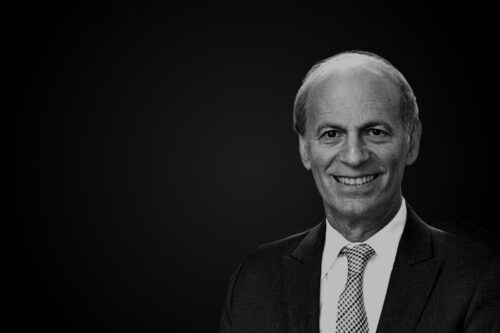The pace of urbanization in contemporary China is nothing short of dizzying. Seventy years ago, at the time of the establishment of the People’s Republic of China, 80% of the population were farmers based in rural areas. Now, over 60% of all Chinese citizens live in cities of various sizes, and it is projected that by 2030, the number of urban dwellers will exceed 1 billion. As one would expect, the challenges that these dynamics pose to Chinese architects and urban planners are staggering. So how do these beleaguered builders design a modern city in China from scratch in the face of so many changing variables? How do they create cities that strike a balance between modern and traditional aesthetics? And what kinds of obstacles can they expect to face throughout this process?
Featuring:
Andrea Krupski von Mansberg | architect, urban designer
Li Shuwen | architect, urban planner
Lars Ulrik Thom | founder of Beijing Postcards
And, as usual, your host, Aladin Farré.
Aladin’s LinkedIn | Aladin’s Twitter
With thanks to Brenden Gonsalves for graphic design support.
Middle Earth is made by China Compass Productions. If you have a China-themed cultural project, please get in touch!
Recommended watching:
Imperial City Wall Relics Park, located on the east side of the Forbidden City in Beijing.
Xiangshan Central Campus of the China Academy of Art, located in Hangzhou, Zhejiang Province.
Answers to the episode quiz:
- The CCTV headquarters in Beijing is the most expensive building in China, with an estimated cost of $800 million (approximately 5.7 billion yuan).
- Tiananmen Square has the same area as Vatican City, 0.44 km2 (0.17 sq mi).
- Ordos 鄂尔多斯 may be the most famous Chinese “ghost town.” Located in Inner Mongolia, Ordos was supposed to house almost a million people working in the natural resources industry.














